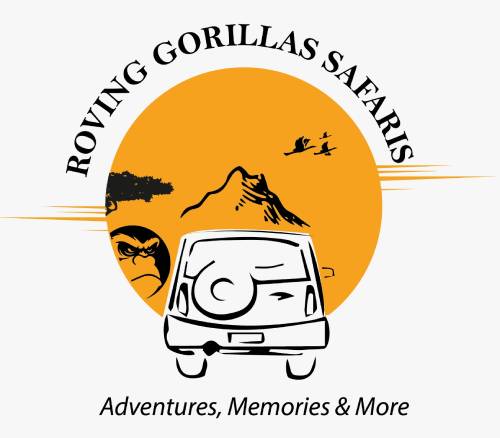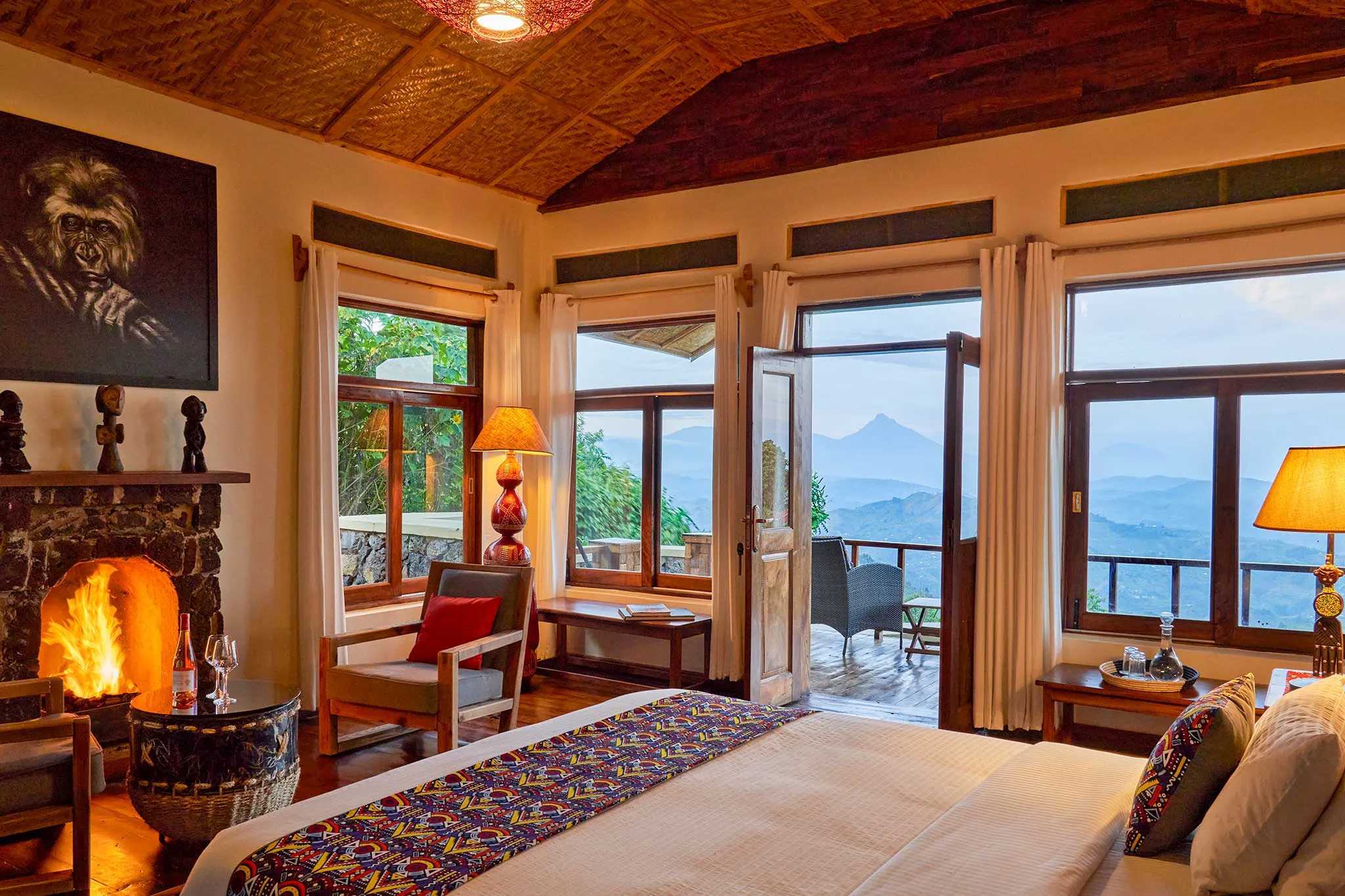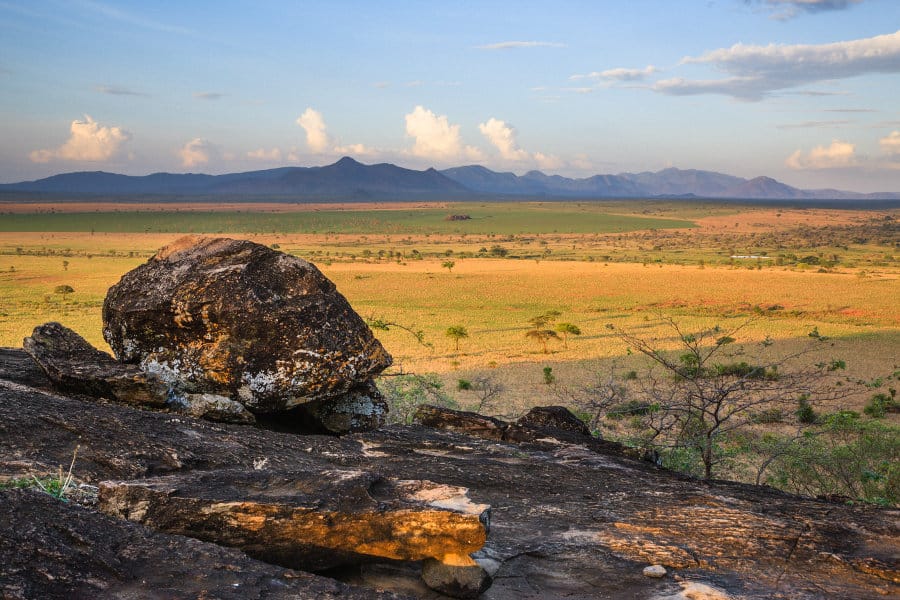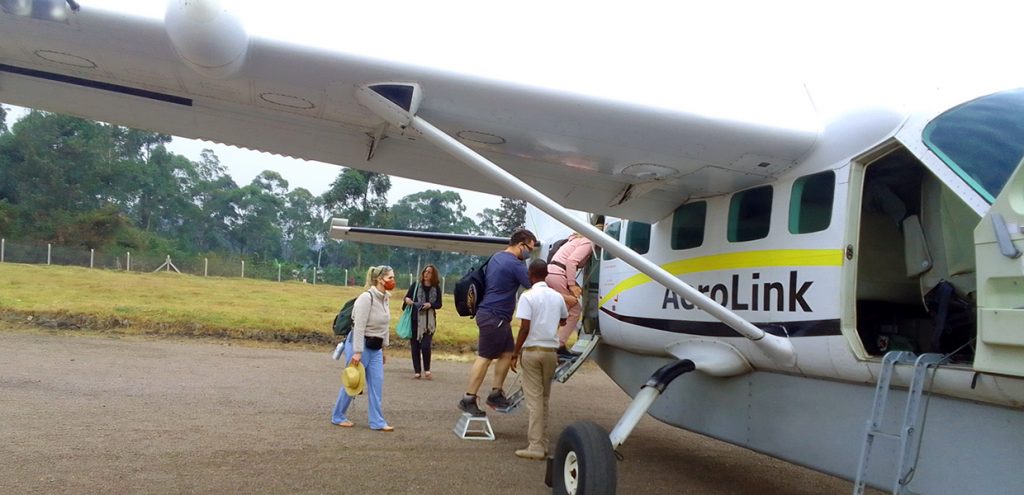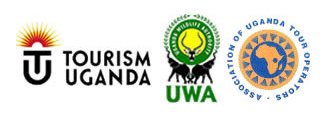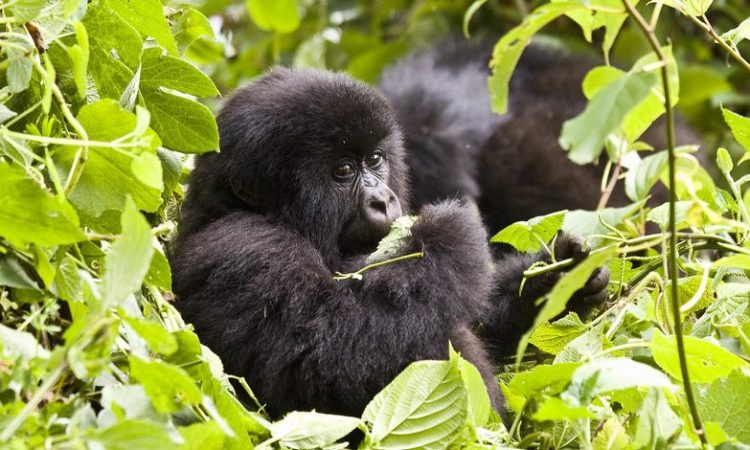
Why gorilla trekking is one hour
Why gorilla trekking is one hour.
Why gorilla trekking is one hour : Gorilla trekking is a daring and well-liked safari activity in which tourists venture into the dense tropical rain forests in pursuit of the critically endangered mountain gorillas and, once located, spend an hour with them in their natural habitat. Gorilla trekking safari is possible in five African locations: Mgahinga Gorilla National Park in Uganda, Bwindi Impenetrable Forest National Park. Rwanda’s Volcanoes National Park, and Virunga national park and Kahuzi Biega National Park in Democratic Republic of Congo. Among all the destinations Bwindi Impenetrable forest national park is a home to half of the world’s mountain gorilla population. A gorilla trekking permit, which is a document or card granted to any visitor over the age of fifteen and permitting him or her to trek the endangered mountain gorillas, is required for any visitor who wishes to do gorilla trekking in any of the gorilla destinations.
Reasons why gorilla trekking is one hour.
Once the gorillas have been located, tourists spend an hour with them in their natural habitat taking photos, capturing the moments, and learning about their way of life, behaviors, and habits, among other things. Gorilla trekking lasts between two and seven hours, depending on where the gorillas are. Therefore, they permit visitors to spend an hour with them for a variety of reasons, such as
Because gorillas are susceptible to human diseases, gorilla trekking safari is limited to one hour in Uganda, Rwanda, and the Democratic Republic of the Congo. This is done to prevent disease transmission and because gorillas are more likely to contract human diseases the longer visitors spend with the gorillas.
In order to prevent the mountain gorillas from becoming stressed, government officials in charge of tourism in Uganda, Rwanda, and the Democratic Republic of the Congo implemented a policy where visitors are allowed to spend one hour with the endangered gorillas. This is because the mountain gorillas need to be conserved, and when tourists spend a lot of time taking photos of them while they engage in daily activities like feeding, the gorillas become stressed.
Families of mountain gorillas range in size from 10 to 35 members, with females, young gorillas, infants, and the dominant silverback making up the majority of the family. Since they are social animals who live in groups, gorillas have daily routines that include feeding, moving from place to place in search of food, resting, interacting with one another socially, and building nests for another night. Visitors should limit their time to an hour so that the gorillas can go about their daily business without being disturbed.
The gorilla habituation experience allows visitors who want to spend more time with gorillas in their natural habitat to educate mountain gorillas to get accustomed to human presence. Only the Rushaga region of Bwindi Impenetrable Forest National Park is used for gorilla habituation, which takes two to three years to complete. The habituation procedure for gorillas is run by a group of researchers, park rangers, and guides, and it only enables a maximum of four guests to participate. Visitors are permitted to spend four hours with the mountain gorillas throughout the habituation process, during which time they can monitor, observe, and even help name the gorillas.
Gorilla trekking destinations.
Gorilla trekking safari is done in a variety of places that provide amazing experiences, like Bwindi Impenetrable National Park, which is the most popular gorilla destination in Africa because it is home to almost half of all mountain gorilla species. The national park is situated in the Kanungu area of southwest Uganda and is home to 23 habituated gorilla groups that may be found in the Rushaga, Nkuringo, Buhoma, and Ruhija sectors. Along with the volcanoes national park, which is situated in northwest Rwanda in Musanze village and is home to over 15 habituated gorilla families, the Virunga national park, which is situated in the Democratic Republic of the Congo and is home to 8 habituated gorilla families, and Kahuzi Biega, which harbours 5 habituated eastern lowland gorilla families, Mgahinga Gorilla National Park is another gorilla destination. It is located in southwest Uganda’s Kisoro district.

Cost of a gorilla trekking permit.
A single gorilla trekking permit in Uganda costs UGX 250,000 for East African citizens and $ 600 for foreign non-residents and residents. However, the cost of a gorilla trekking permit in Uganda is $700 for foreign non-resident. A gorilla trekking permit in Rwanda costs $ 1500 for all nationalities, whereas in Congo the cost of gorilla trekking permit is $400.
However, in order to avoid disappointments, a gorilla trekking permit should be reserved three to six months before the trekking date. This is because permits are in high demand and frequently sell out, especially during the peak season.
When to go for gorilla trekking safari.
Even though gorilla trekking is possible all year long, the optimum time to go is between December and February and between June and September, which is the dry season. In contrast to the wet/rainy season when the pathways are muddy and slippery and make gorilla trekking challenging, during the dry season there is less rainfall, making access roads to gorilla destinations passable and the gorilla trekking trails in the jungle dry and passable.
What to pack on your gorilla trekking safari.
Visitors going on a gorilla trekking safari are advised to pack the necessary items for gorilla trekking, such as hiking boots that will keep your feet dry, long-sleeved clothing to keep you warm, a rain jacket to protect you from the rain in case it does, a warm sweater, a backpack to carry your essentials, energy snacks, a walking stick and a camera, among other items.
Spending an hour with gorillas in their natural habitat is an exhilarating adventure that will provide you with unforgettable safari experiences.
